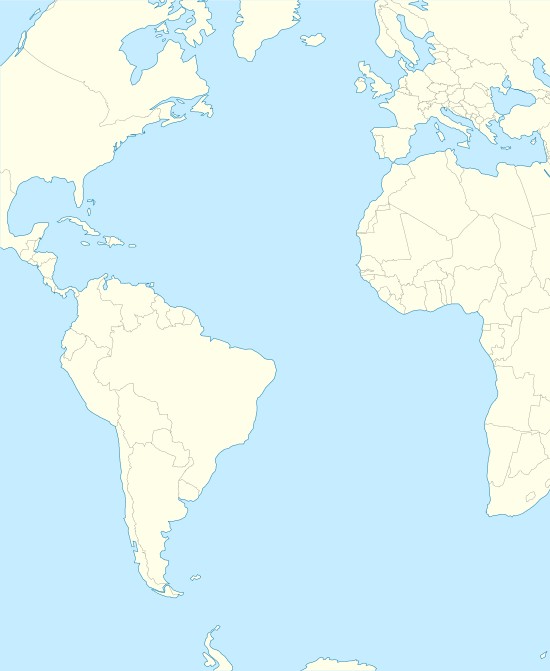Nightingale Islands



The Nightingale Islands are a group of three islands in the South Atlantic Ocean, part of the Tristan da Cunha territory. They consist of Nightingale Island, Middle Island and Stoltenhoff Island. The islands are administered by the United Kingdom as part of the overseas territory of Saint Helena, Ascension and Tristan da Cunha. The Nightingale Islands are uninhabited.
Nightingale Island is the smallest of the four main islands of the Tristan da Cunha Group, measuring only 4 square kilometres (1.5 sq mi), and lies 30 kilometres (18.6 mi) away from Tristan and 22 kilometres (13.7 mi) from Inaccessible. Stoltenhoff and Alex (also known as Middle Island), are really two large islets rather than conventional islands.
Geology
Nightingale Island is the heavily eroded remnant of a volcano that was once much larger. The oldest potassium–argon dating from the island is 18 ± 4Ma. The youngest volcanic activity on the island is indirectly dated to 39,160+6,090
−3,410 uncalibrated years BP by radiocarbon dates on peat overlain by volcanic tuff.[1]
History
Originally named "Gebrooken (Broken) island" by the Dutch under Jan Jacobszoon in January 1656, they found no safe anchorage and did not make the first landing until 1696 (most likely by Willem de Vlamingh in August of that year). Frenchman D'Etchevery also visited the island in September 1767. Nightingale was renamed after British captain Gamaliel Nightingale in 1760.[2]
Jonathan Lambert temporarily changed the name to "Lovel Island" in his 1811 proclamation in the Boston Gazette but as with his other proposed changes (i.e. Tristan da Cunha Group to "Isles of Refreshment") the name did not last.
Wildlife
Nightingale, a tiny island, is home to more than three million pairs of seabirds at a density of around 1.3 pairs per square meter; almost the entire vegetated island is occupied. Both the Nightingale and Wilkins's Buntings are found nowhere else in the world.
Important Bird Area
The Nightingale Islands group has been recognised internationally as part of the Tristan da Cunha Endemic Bird Area (EBA). It has also been identified as an Important Bird Area (IBA) by BirdLife International as a breeding site for seabirds and its endemic landbirds. Birds for which the IBA is significant include northern rockhopper penguins (up to 125,000 breeding pairs), sooty albatrosses (up to 250 pairs), Atlantic yellow-nosed albatrosses (5000 pairs), broad-billed prions (10,000 pairs), soft-plumaged petrels (up to 1000 pairs), great shearwaters (up to 3 million pairs), white-faced storm petrels (10,000 pairs), white-bellied storm petrels (1000 pairs), Antarctic terns (up to 400 pairs), southern skuas (up to 500 pairs), Tristan thrushes, Wilkins's buntings and Nightingale buntings.[3] The nearby islands of a Gough and Inaccessible Island have been recognised as Wetlands of International Importance under the Ramsar Convention.[4]
Coordinates: 37°25′16″S 12°28′52″W / 37.421°S 12.481°W
References
- ↑ McDougall, Ian; Ollier, C.D. (1982), "Potassium–argon ages from Tristan da Cunha, South Atlantic" (PDF), Geological Magazine 119 (1): 87–93, doi:10.1017/S0016756800025681
- ↑ Faustini, Arnaldo. "The Annals of Tristan da Cunha: The Early History of Tristan da Cunha." http://web.archive.org/web/20061126204533/http://www.btinternet.com/~sa_sa/tristan_da_cunha/images/tristan_annals.pdf[]
- ↑ "Nightingale Island group". Important Bird Areas factsheet. BirdLife International. 2012. Retrieved 2012-10-26.
- ↑ "The Annotated Ramsar List: United Kingdom". Ramsar.org. Retrieved 6 April 2013.